Missouri State Guard at Dry Fork Creek
Tour Stop
Directions: The Missouri State Guard at Dry Fork Creek tour stop [ Waypoint = N37 16.469 W94 19.498 ] is located about one third of a mile north of Dry Fork Creek. This stop places you approximately where the Missouri State Guard formed for their assault on the Union rear guard at Dry Fork Creek.
- Drive south on Civil War Avenue approximately 0.75 miles.
- Look for a small turn off on the right.
- You should be able to park in this turn off for a short time.
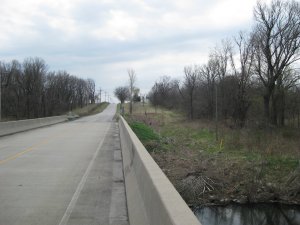
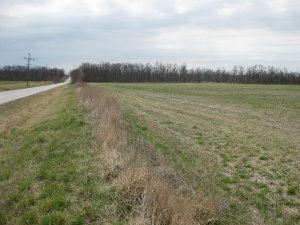
Description: Federal Colonel Franz Sigel had withdrawn south of Dry Fork Creek because his original position was being flanked by the Missouri State Guard cavalry. To cover his withdrawal, Sigel separated his command into two parts. One part would conduct a rear guard action at Dry Fork Creek and the second part would escort his large wagon train to safety.
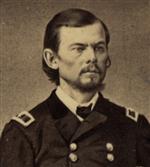
If you face south towards Carthage, you can see Dry Fork Creek in the distance marked by the bridge and the trees. This is where Sigel had deployed the Federal Rear Guard. After taking considerable time to get organized, the Missouri State Guard began to advance from the position at which you are standing towards the creek.
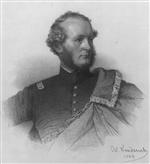
Colonel Richard H. Weightman, commanding First Brigade, Second Division, Missouri State Guard described the initial advance by The Missouri State Guard in his official report: [39]
The enemy then slowly retired for about 200 yards, halted, and commenced the engagement, when I advanced the whole line of the brigade in battle order, and reopened fire upon him by Captain Bledsoe's guns, General Parsons' artillery having by this time retired, as I learn, for want of ammunition. At this time the cavalry of [Rains's] division . . . was closing on the enemy's left flank, and at the same time a large body of cavalry from some of the other divisions was threatening his right flank, and the enemy, after cannonading us but a few minutes, again retired under cover of the fire of his artillery, passing through the timber which skirted its banks, crossed Bear [Dry Fork] Creek . . . about 1 ½ miles in rear of their second position . . . I again advanced in battle order the whole line of the brigade.
As I neared the timber, proceeding along the road I discovered the enemy through the openings through which the road passed posted in force on the brow of the hill on the opposite bank of the creek, distant about 400 yards, and only to be seen through the opening. At this exposed point I directed Lieutenant-Colonel Rosser to have the artillery unlimbered and to open fire upon the enemy, and at the same time I directed the infantry on either wing of the brigade to pass into and through the timber, and engage the enemy at close quarters. All these orders were promptly obeyed amidst a storm of grape. The artillery steadily unlimbered, and opened a carefully-aimed fire upon the enemy. Lieut. Col. T. H. Rosser in person . . . aimed one of the guns, while the enemy's grape shot tore up the earth and disabled men and horses around him.
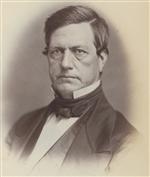
Brigadier-General John B. Clark, Sr., commanding Third Division, Missouri State Guard described the advance by The Missouri State Guard in his official report: [40]
It was now 11 o'clock [and] I ordered an advance of my forces in the direction of the enemy . . . Continuing [south] for half a mile, and upon ascending the hill, I discovered the enemy, who seemed to be rapidly forming into line of battle about one mile and a half from his first position, behind a cluster of trees, and upon an eminence on the south side of Bear [Dry Fork] Creek. Immediately in the front and for some miles above him was a skirt of thick brush timber, through which the creek ran, and upon which his line was being formed. We immediately advanced to the timber on the north side of the creek and took a position near the enemy, when a sharp and incessant fire of small-arms on either side occurred, lasting for about thirty minutes; but by well-directed fire from the battery of Captain Bledsoe, which early in the engagement was run near the enemy, and the fatal aim and steady advance of the infantry, the enemy was driven from his second position and forced to make a rapid retreat, losing one piece of his artillery and suffering a heavy loss of killed and wounded.
